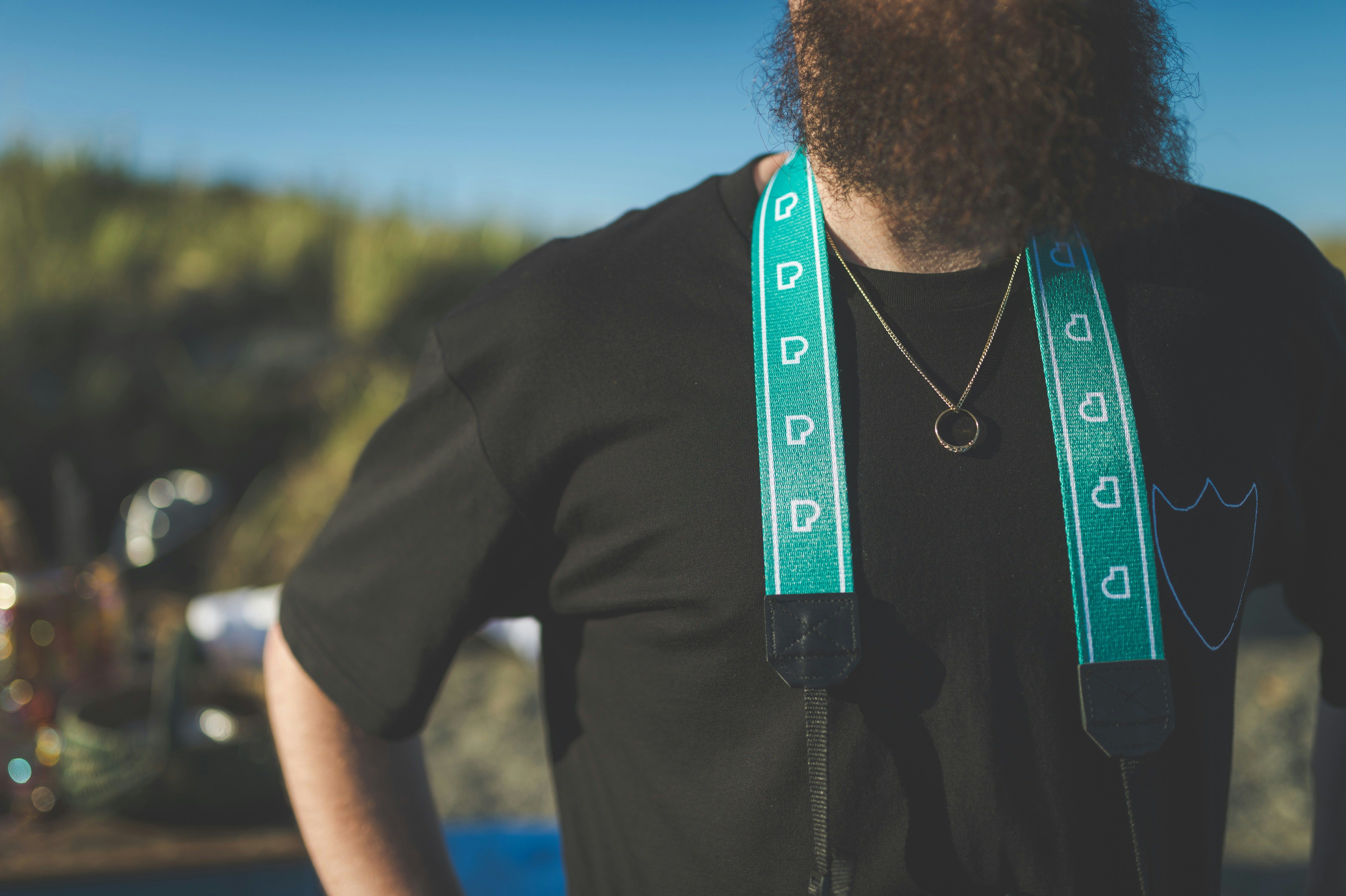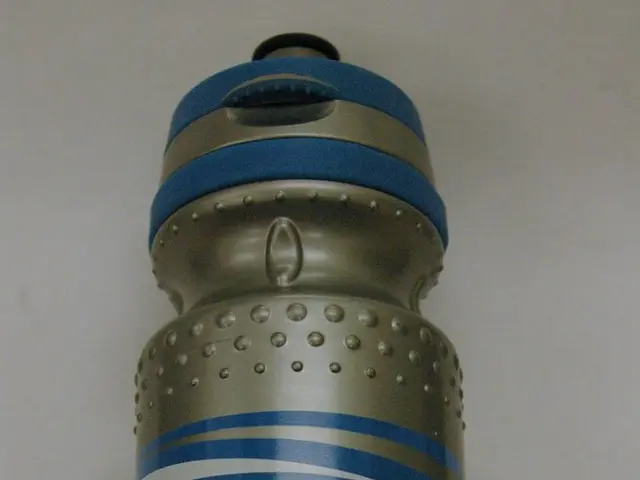Assistive Devices: Discernment Between Walkers and Canes for Optimal Use
Navigating the world of mobility aids can be a tough task, especially for those experiencing age-related health challenges or living with disabilities. This guide takes a straightforward approach to help you understand the difference between canes and walkers, when to use them, and how to choose the best option to suit your needs.
As we move into our golden years, we may become more susceptible to falls, and, unfortunately, falls can lead to severe injuries in older age. That's where these little helpers come into play—canes and walkers. These assistive devices are designed to keep us mobile, independent, and fall-free.
In this article, we discuss the key factors that separate canes and walkers, the ideal scenarios for their usage, and some tips for making an informed decision.
Take a look at the following chart for a quick comparison of canes and walkers.
| Device | Pros | Cons | Conditions | Cost ||--------|------------|------------|------------|------------|| Cane | -Helpful for mild balance problems
-Adjustable for best fit
-Portable and lightweight
(1-legged canes may be tough to grasp for some) | -Limitations to weight-bearing
-Not suitable for significant support needs | -Mild balance issues
-Minor to moderate arthritis of the lower limbs | $10-$40 || 3-4 Legged Cane | -More stability for greater weight-bearing
-Adjustable
(Some may find multi-legged canes cumbersome or difficult to handle) | -Heavier
-More cumbersome to use on stairs | -One-sided muscle weakness (hemiparesis)
-More significant balance issues | $15-$40 || Walker | -Stable and supportive
-Foldable for easy transport
(Lacks wheels, requiring lifting with each step) | -Requires picking up for every step
-Not suitable for outdoor use | -Conditions that affect the function of muscles or nerves
-Fractures | $20-$60 || 2-4 Wheeled Walker | -Easier to move
-May include a seat and basket for comfort | -Less stable than standard walkers
-Not foldable
(Not ideal for outdoor areas with uneven terrain or tight spaces) | -Issues affecting the spinal cord
-Conditions that slow down mobility like heart or lung diseases | $35-$100 |
Medical Scenarios for Canes vs. Walkers
-helps with balance-adjustable
Canes and walkers are lifesavers when it comes to restoring stability during mobility or helping you regain balance after an injury or operation.
-for minimal weight bearing only-some have a curved handle that some may find difficult to grasp and cause pain, especially for people with joint or muscle conditions
When to Use a Cane
-mild balance issues-mild to moderate arthritis of the lower limbs
Canes assist those with mild balance or stability issues, weak legs, or pain from conditions like arthritis. Typically, you'll find people holding a cane in one hand. Depending on its type, it can have one to four legs, with more legs equating to greater stability.
$10-$40
Three or four-legged canes, known as "sit-to-stand" canes, can be especially helpful if you're dealing with pain on one side, as they provide extra assistance for sitting or standing. However, if you've undergone a total knee or hip surgery, or your balance and mobility problems are more significant, a walker might be a better option.
When to Use a Walker
-offers greater help with balance than a standard cane-can bear more weight-adjustable
Walkers are the preferred mobility aid for individuals with more serious balance and mobility issues. These three-to four-legged devices offer greater support since they enable users to transfer some weight away from their lower body while walking. People with conditions affecting the spinal cord, heart diseases, or lung diseases may benefit the most from using a walker, as it allows for a gradual transition back to normal mobility as strength and endurance increase.
-heavier-more cumbersome-may be harder to use on stairs
For added convenience, certain walkers come with features such as wheels, brakes, and even seats and baskets. These additional features can greatly improve comfort while using the device and better adapt it to your daily routines.
-one-sided muscle weakness (hemiparesis) or more significant issues with balance
Types of Canes and Walkers
$15-$40
Canes
Standard canes are usually made of wood or aluminum, with a rubber tip and a hook-shaped or flat handle. These canes work best for those needing minimal support but may lack the necessary adjustments to accommodate those who need more help.
-stable-foldable
Three- or four-legged canes provide greater support for users who suffer from pain on one side, thanks to their increased stability. These multi-legged canes can even have a secondary grip, making it easier to get up or sit down.
-no wheels-needs lifting with each step
Walkers
-for conditions that affect the function of muscles or nerves or for fractures
Walkers come in different styles, each uniquely catering to various needs:- The standard walker offers greater stability with a four-legged design, but requires lifting with every step.- The two-wheeled walker is designed to be easier to push around, with front wheels and back sliders for smooth mobility. However, it lacks the stability of the standard walker and may require more cognitive effort to handle.- The four-wheeled walker (or rollator) allows for a more natural gait and boasts variations like brakes, a seat, and a basket for increased comfort. It does require greater coordination and can be bulky to maneuver, though.
$20-$60
Choosing the Right Mobility Aid
The key to finding the perfect mobility aid is knowing your needs and listening to the advice of healthcare professionals. Take your time to think about the following considerations:
-easier to move-may have a seat and basket for comfort
- To what extent does your balance or mobility issue affect your daily life?
- Are you recovering from an operation or injury, and how smoothly is your recovery progressing?
- What does your doctor recommend?
- Is your daily routine more appropriate for a cane or a walker?
-less stable than standard-not foldable
Obtaining Your New Mobility Assistant
-issues affecting the spinal cord, conditions that slow down mobility like heart or lung diseases
You can purchase mobility aids pretty much anywhere—directly from suppliers, clinics or hospitals, through insurance companies, or from non-profit organizations for older adults or people with disabilities.
$35-$100
Cost Considerations

Good news! Canes and walkers are generally affordable options, with most models costing between $10 and $100. Be sure to research the exact pricing, as there can be smaller variances in cost depending on the device's features and durability.
And remember, Medicare covers the cost of both canes and walkers if they're medically necessary and required for home use.
Safety First
Regardless of whether you choose a cane or a walker, ensure you use it safely. Maintain a relaxed grip and slightly bent arms, keeping your posture upright. Here are some additional tips for safe use:
Cane Safety
- Try to hold the cane with the hand opposite the injured or painful side.
- When walking, place the cane ahead, step forward with the painful or injured leg, and follow with the other leg.
- When going up stairs, use the stronger leg first while holding on to the handrail, and place the cane down next.
- When going down stairs, place the cane first, then the weaker leg, and finish with the stronger one.
Walker Safety
- One step ahead, move the injured or painful leg to the middle, and bring the stronger leg to meet it, taking small, slow steps.
- Sit down by backing up to the chair, feeling for the seat, and lowering yourself slowly.
- Stand up by pushing up with your arms and clutching the walker's handgrips. Avoid using the walker to help stand up.
- Navigating mobility challenges in senior health is essential, especially with age-related health issues and disabilities.
- Canes and walkers are mobility aids designed to help maintain independence and reduce fall risks.
- Canes are helpful for mild balance problems and have adjustable heights, but have limitations when it comes to weight-bearing.
- Walkers offer greater stability and assistance, but may be more cumbersome and require lifting with each step.
- The choice between a cane and a walker depends on various factors, such as medical conditions, cost, and individual needs.
- Credit lines can be useful in financing mobility aids, although these devices are generally affordable, ranging from $10 to $100.
- Science and health-and-wellness innovations continue to provide new therapies-and-treatments for chronic-diseases like arthritis that may impact the need for mobility aids.
- Fitness-and-exercise and mental-health are crucial components of maintaining health, even with mobility aids.
- In the case of senior health, therapies-and-treatments, nutrition, and skin-care are essential in managing conditions like chronic-diseases and promoting fitness-and-exercise.
- When it comes to mens-health and womens-health, aging brings unique challenges, and mobility aids can help address these concerns.
- Medicare can cover the cost of mobility aids when they're medically necessary and required for home use. CBD oil has been gaining attention in the health community, but its benefits in addressing mobility issues have not been extensively studied, and further research is needed for a definitive conclusion.








